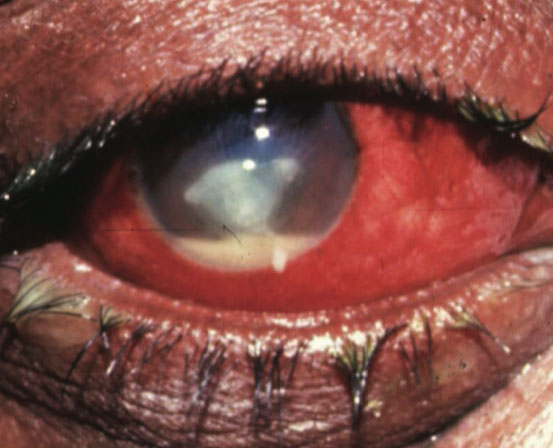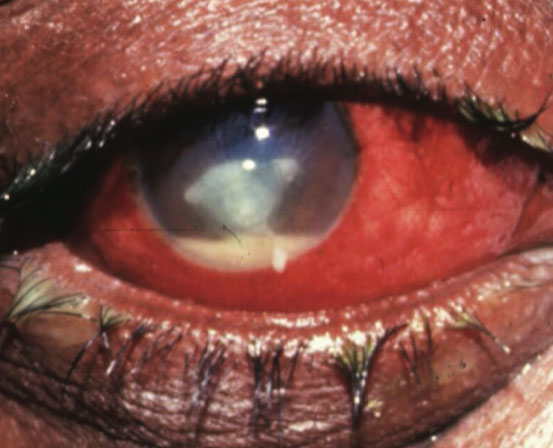- Valeant Pharmaceuticals International has acquired Nicox’s US diagnostics subsidiary Nicox Inc., in a deal worth up to $20 million, effective immediately. Meanwhile, it appears that Valeant has dropped its hostile takeover bid to acquire Allergan, as Actavis will now acquire Allergan in a transaction valued at approximately $66 billion. The combination of Actavis and Allergan will create one of the top 10 global pharmaceutical companies by sales revenue, with combined annual pro forma revenues of more than $23 billion anticipated in 2015. This deal is expected to close in the second quarter of 2015.
-
The most commonly used class of HIV/AIDS drugs could be repurposed to treat age-related macular degeneration (AMD) because of a previously undiscovered intrinsic and inflammatory activity those drugs possess, researchers say. Nucleoside reverse transcriptase inhibitors (NRTIs) prevented retinal degeneration in a mouse model of dry AMD by blocking an innate immune pathway called the inflammasome, according to a recent study in Science. NRTIs were also effective in other disease models that share common signaling pathways with the dry AMD model, including wet AMD and graft-versus-host disease.

Nearly one million clinical visits for keratitis occur annually, says a new CDC report. Photo: Joel A. Silbert, OD - Nearly one million clinical visits for keratitis occur annually in the United States, according to a comprehensive study conducted by researchers at the Centers for Disease Control and Prevention. The CDC experts found that Americans made an estimated 930,000 doctor’s office and outpatient clinic visits and 58,000 emergency department visits for keratitis or contact lens disorders. These cost an estimated $175 million in direct health care expenditures and account for over 250,000 hours of clinician time annually. The majority (76.5%) of these visits resulted in antimicrobial prescriptions. The report concluded: “Keratitis associated with poor contact lens hygiene is prevent- able” and “increased surveillance capacity is needed for microbial keratitis, in particular data from optometrist visits.”

